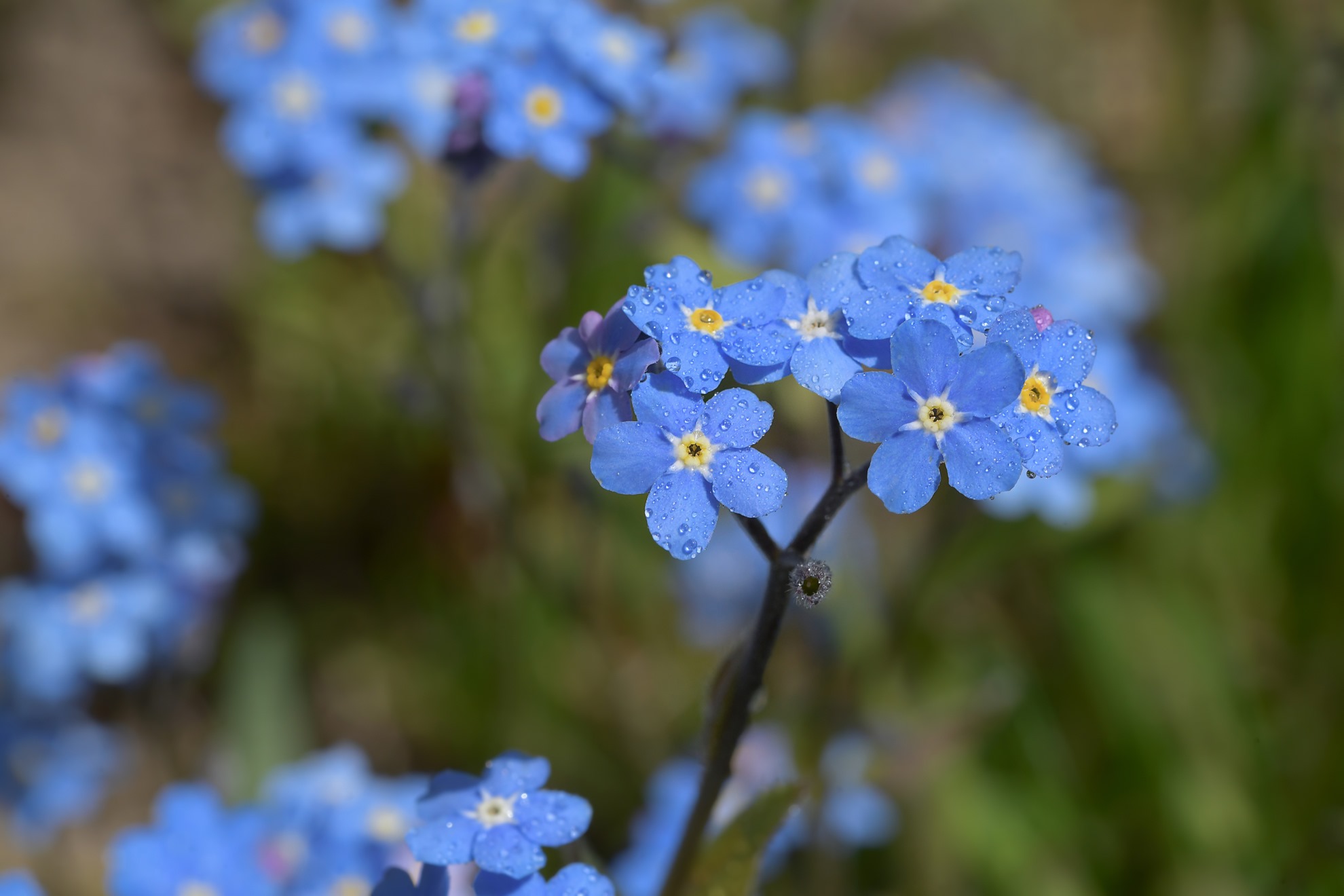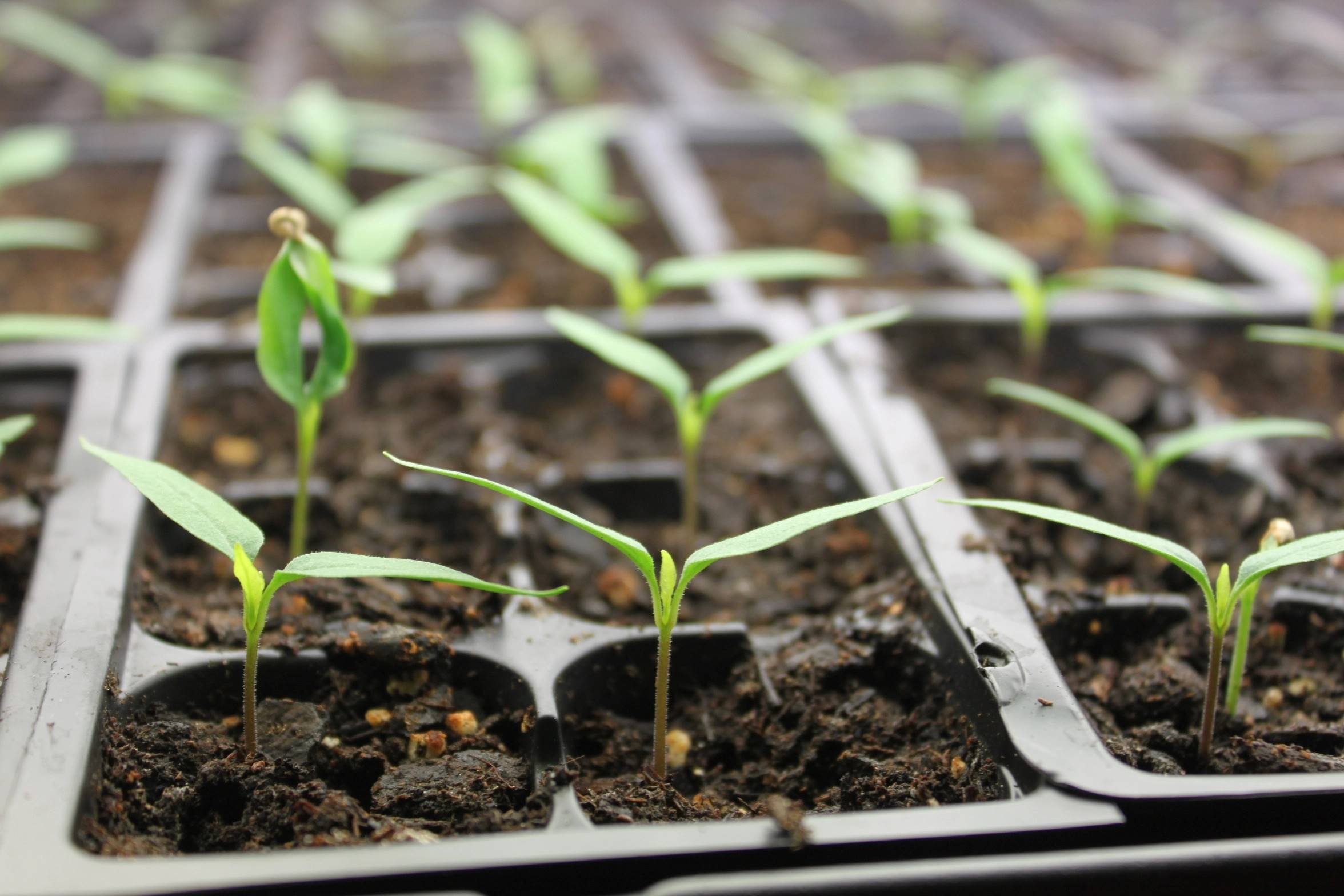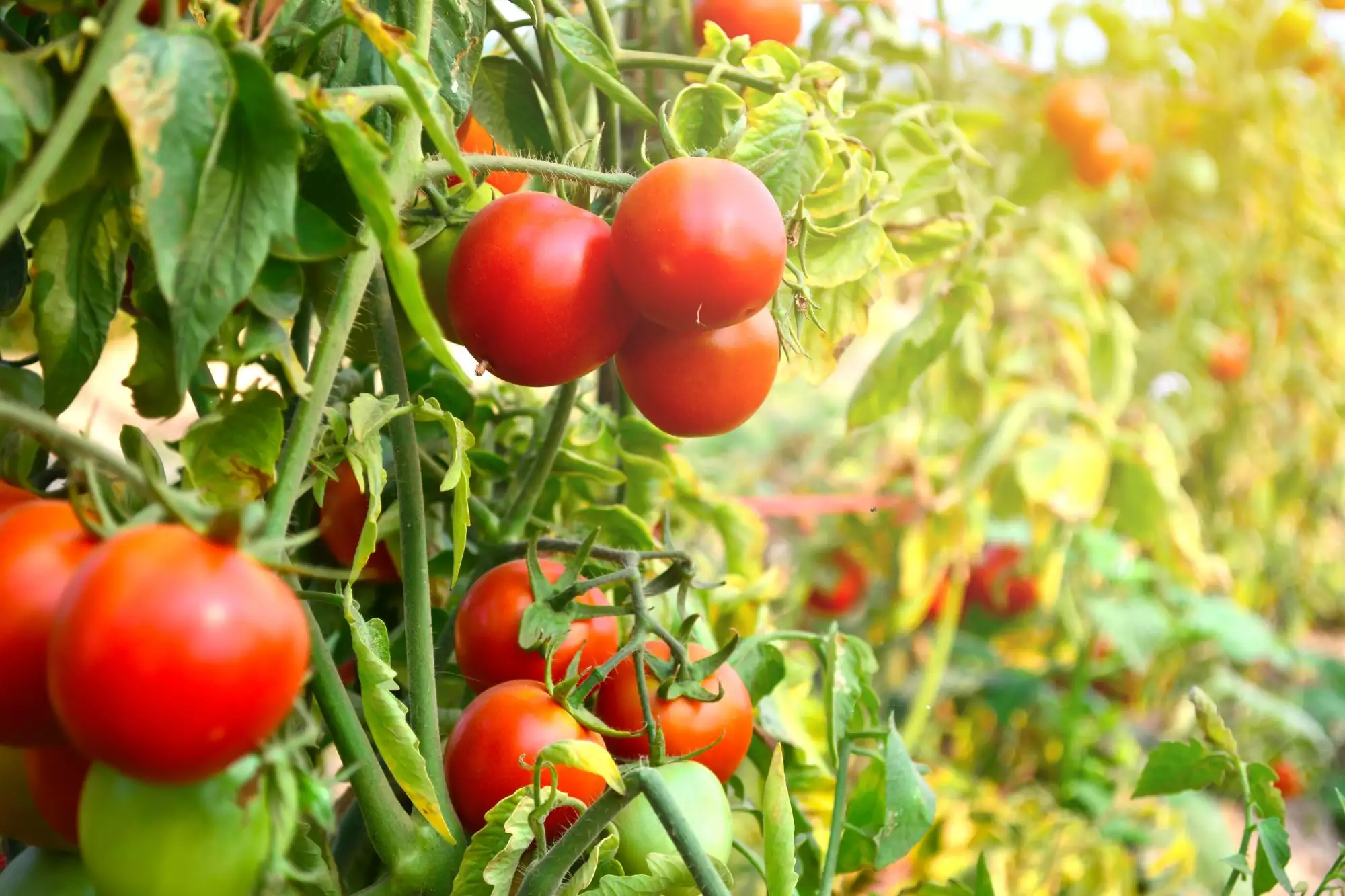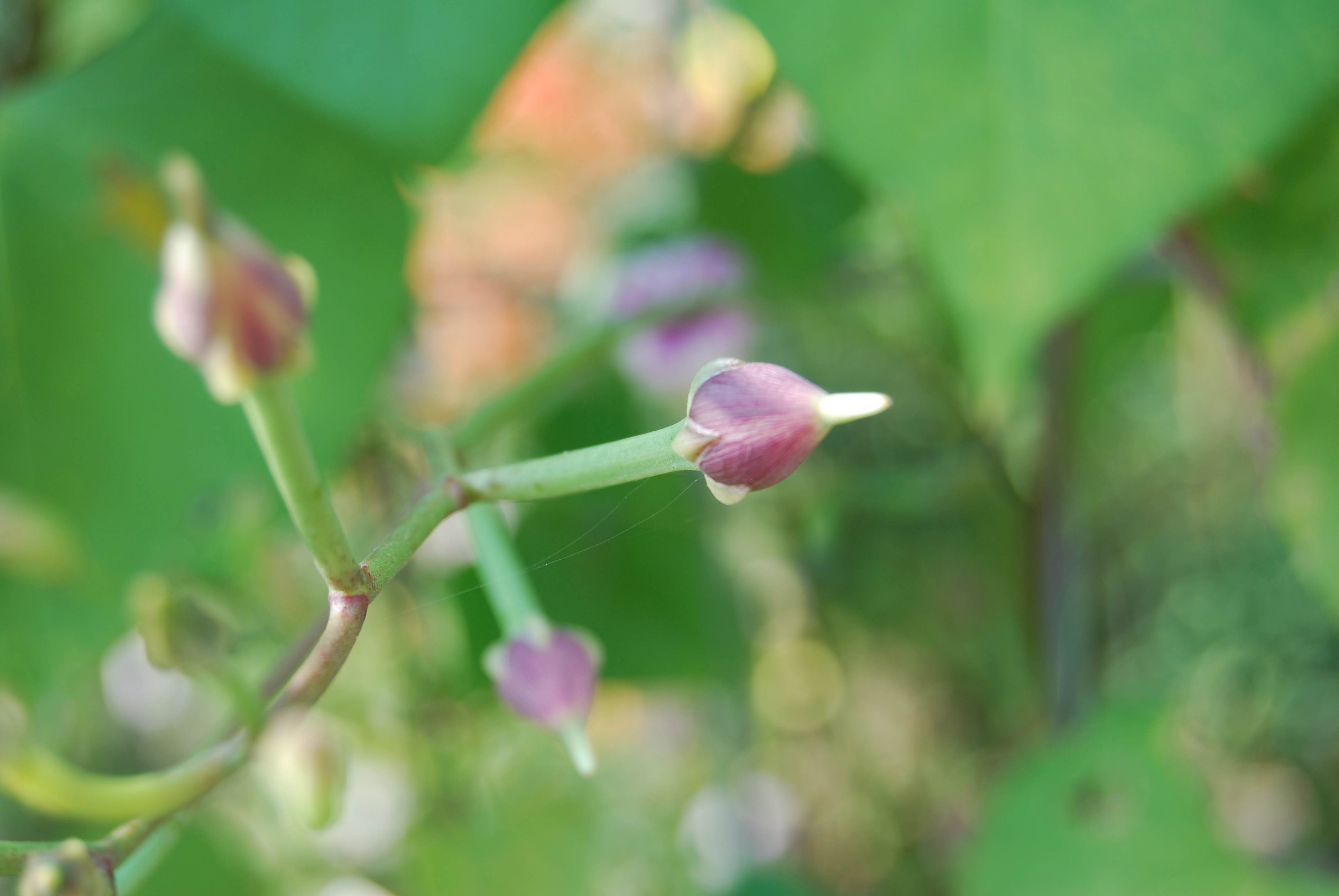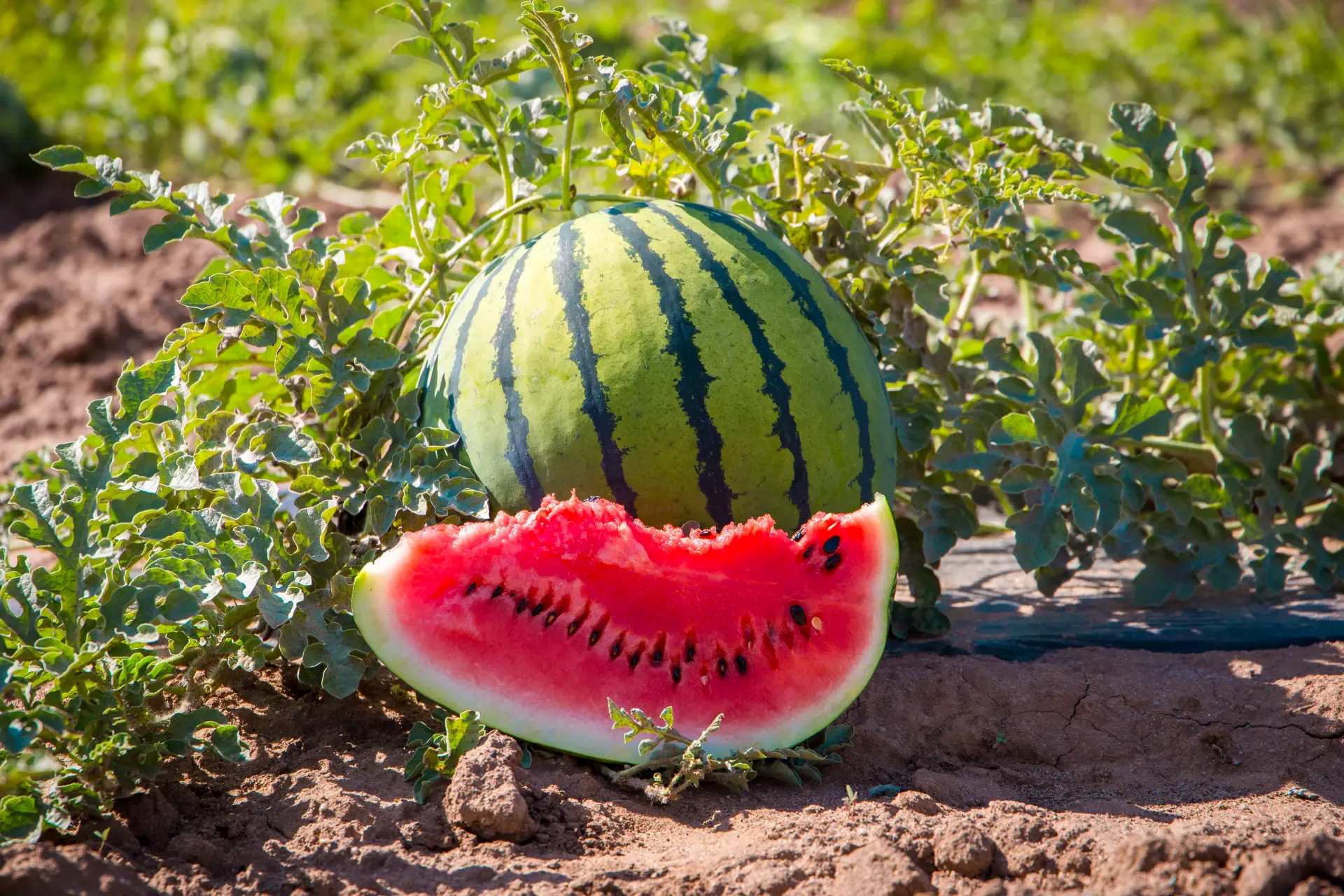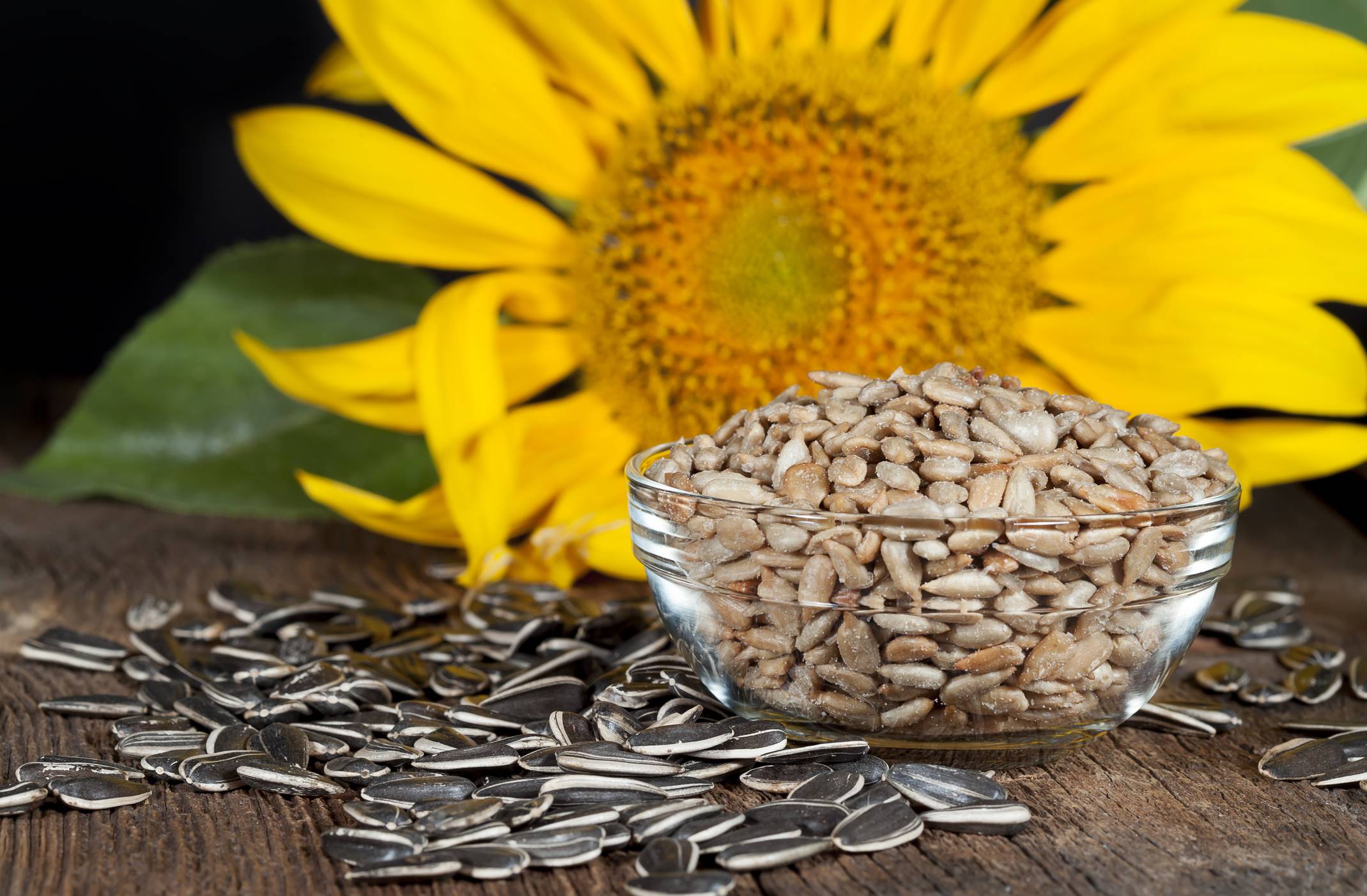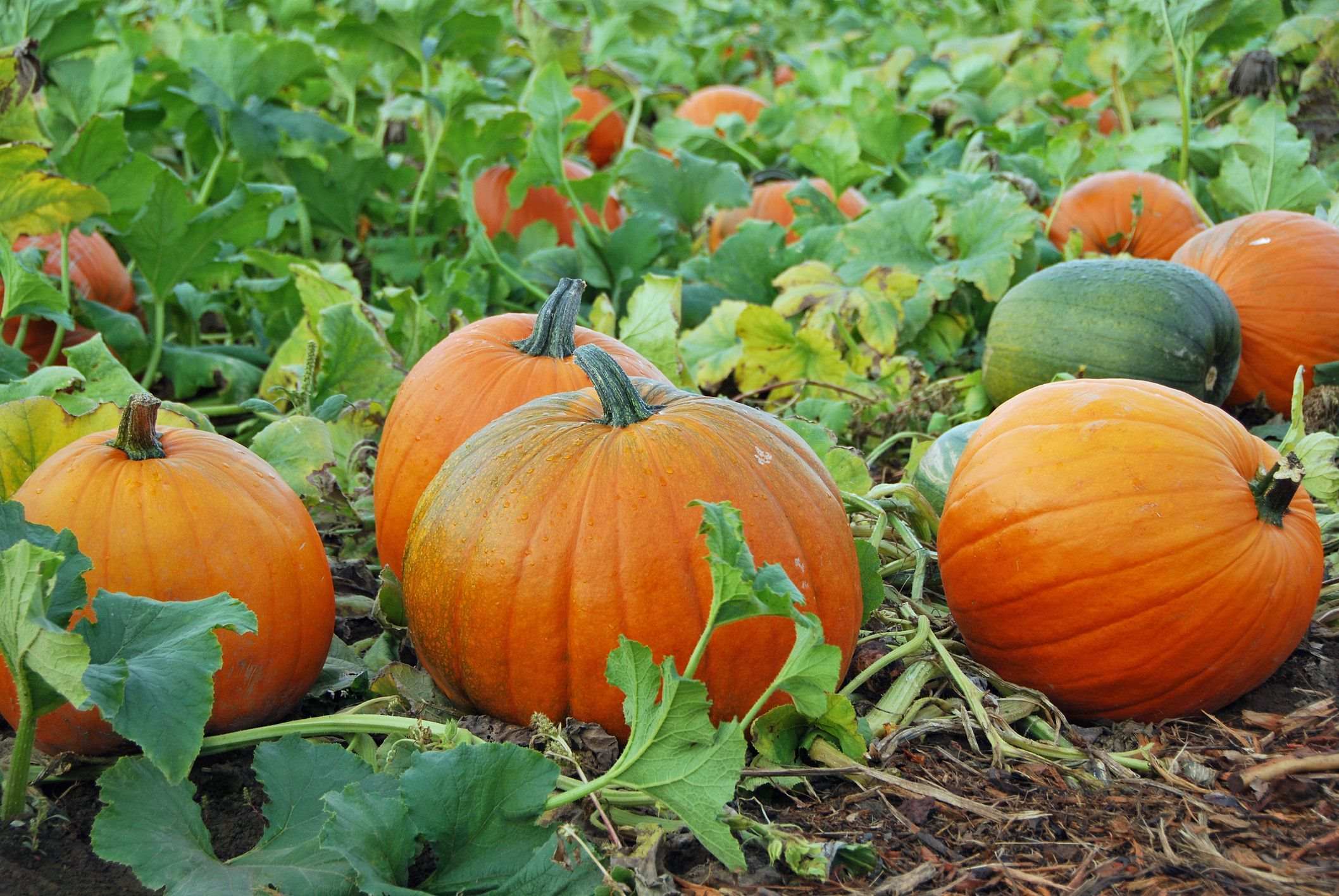Home>Gardening Techniques>Seasonal Gardening>When To Plant Zucchini Seeds
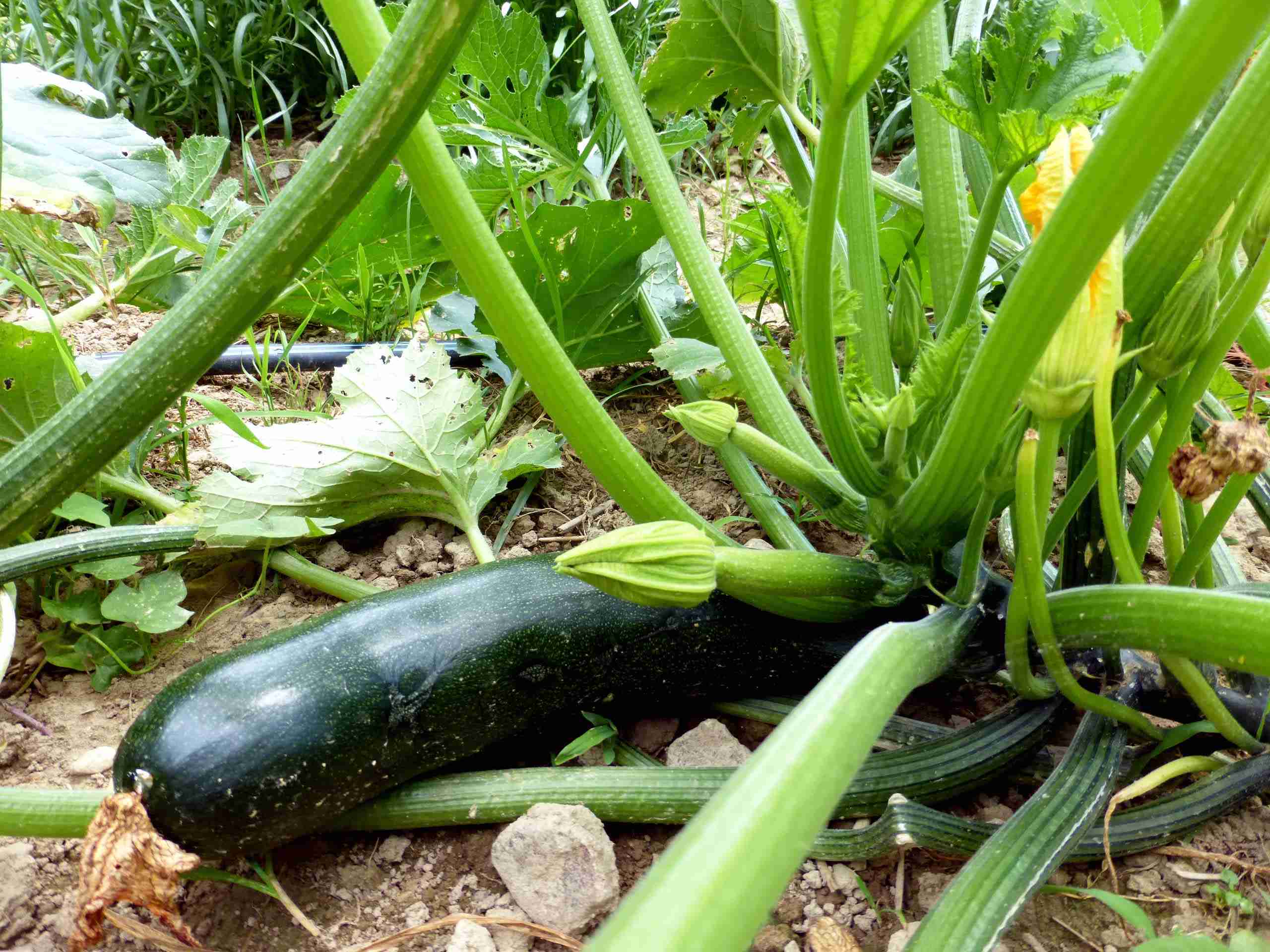

Seasonal Gardening
When To Plant Zucchini Seeds
Modified: February 9, 2024
Discover the best time for planting zucchini seeds with our seasonal gardening guide. Start your zucchini patch at the perfect time for a bountiful harvest.
(Many of the links in this article redirect to a specific reviewed product. Your purchase of these products through affiliate links helps to generate commission for Chicagolandgardening.com, at no extra cost. Learn more)
Table of Contents
Introduction
When it comes to growing your own fresh and flavorful produce, planting zucchini can be a rewarding and enjoyable experience. Zucchini, also known as courgette, is a versatile and nutritious vegetable that can thrive in a variety of climates. Whether you have a spacious garden or a small balcony, you can easily grow zucchini from seeds and enjoy a bountiful harvest.
Before you get your hands dirty and start planting zucchini seeds, it’s essential to understand the factors that contribute to successful growth. From the ideal time to plant to the necessary care and maintenance, this article will guide you through the process of growing healthy and productive zucchini plants.
Not only is zucchini a delicious addition to meals, but it is also a great source of vitamins, minerals, and fiber. Incorporating zucchini into your diet can support healthy digestion, boost your immune system, and provide a range of other health benefits.
Plus, nurturing your own zucchini plants allows you to reduce your environmental impact by growing your food sustainably. By avoiding pesticides and harmful chemicals, you can enjoy freshly grown zucchini without worrying about harmful residues.
In the following sections, we will discuss the factors to consider before planting zucchini seeds, the ideal time for planting, the steps to successfully plant zucchini seeds, how to care for the plants, and finally, the joy of harvesting and enjoying your homegrown zucchini. So, let’s dive in and explore the wonderful world of zucchini gardening!
Factors to Consider Before Planting Zucchini Seeds
Before you start planting zucchini seeds, it’s important to consider a few key factors to ensure successful growth and a bountiful harvest. By taking these factors into account, you can create an optimal environment for your zucchini plants to thrive.
- Climate: Zucchini plants are warm-season vegetables. They require a minimum temperature of 60°F (15°C) to grow well. Make sure your local climate provides adequate warmth and sunlight for the plants. Additionally, zucchini plants require a frost-free period of at least 60 days to reach maturity. If you live in a region with a short growing season, consider planting zucchini seeds indoors and then transplanting them outside when the weather warms up.
- Soil: Zucchini plants prefer well-draining soil rich in organic matter. Ensure that the soil is loose and friable, allowing for proper root development. Conduct a soil test to check the pH level, which should ideally be between 6 and 7. If the soil is too acidic, you can amend it with lime to raise the pH. Conversely, if the soil is too alkaline, you can lower the pH by adding organic matter such as compost or peat moss.
- Location: Choose a location for planting zucchini seeds that receives full sun for at least six to eight hours a day. Avoid areas that are prone to waterlogging or have poor air circulation. Additionally, consider the space requirements of zucchini plants as they can grow quite large. Ensure that you have enough space for the plants to spread out and allow for airflow between them.
- Companion Plants: Zucchini plants can benefit from companion planting. Planting marigolds, nasturtiums, or herbs like basil and dill near your zucchini plants can help repel pests and attract beneficial insects. However, avoid planting zucchini near potatoes, as they may compete for nutrients and space.
- Pest Control: Be prepared to deal with common pests that can affect zucchini plants, such as aphids, squash bugs, and cucumber beetles. Regularly inspect your plants for signs of infestation and take appropriate measures, such as using organic pest control methods or introducing beneficial insects like ladybugs to your garden.
By considering these factors before planting your zucchini seeds, you can create an optimal growing environment and set your plants up for success. With the right conditions, your zucchini plants will flourish, producing an abundance of delicious and nutritious zucchinis for you to enjoy.
Ideal Time for Planting Zucchini Seeds
Timing is crucial when it comes to planting zucchini seeds. The success of your zucchini plants greatly depends on choosing the right time to sow the seeds. The ideal planting time for zucchini seeds varies depending on your location and climate.
In general, zucchini plants thrive in warm weather. They prefer soil temperatures between 70°F (21°C) and 95°F (35°C) for optimal germination and growth. It’s important to ensure that the danger of frost has passed and the soil has warmed up before planting your zucchini seeds. If the soil is too cold, the seeds may rot or fail to germinate.
If you live in a region with a short growing season, it’s recommended to start your zucchini seeds indoors. Plant the seeds in biodegradable pots or trays filled with potting soil about 4-6 weeks before the last expected frost date. Keep the pots in a warm and sunny location, ensuring they receive adequate light and water.
Once the danger of frost has passed and the soil temperature reaches around 60°F (15°C), you can safely transplant the seedlings outdoors. Harden off the seedlings by gradually exposing them to outdoor conditions over the course of a week before transplanting.
If you live in a warmer climate with a long growing season, you can directly sow zucchini seeds into the ground after the soil has warmed up. The soil temperature should be consistently above 60°F (15°C) for successful germination. You can use a soil thermometer to monitor the temperature to ensure the conditions are suitable for planting.
It’s important to note that zucchini plants are sensitive to both cold and heat. If the weather turns unseasonably cold or hot after planting, the plants may suffer. Consider protecting your zucchini plants from cold snaps with row covers or blankets and providing shade during heatwaves to prevent stress on the plants.
By planting your zucchini seeds at the right time, you give them the best chance to grow and flourish. This ensures that you’ll have a plentiful harvest of fresh zucchinis to enjoy throughout the growing season.
Steps to Plant Zucchini Seeds
Planting zucchini seeds is a straightforward process that can be accomplished with just a few simple steps. Follow these guidelines to ensure successful germination and healthy growth of your zucchini plants:
- Prepare the soil: Start by preparing the soil in your chosen planting area. Remove any weeds or debris, and loosen the soil to a depth of about 8-12 inches. Incorporate organic matter, such as compost or well-rotted manure, into the soil to improve its fertility and drainage.
- Sow the seeds: Create small mounds or hills in the soil, spacing them about 3-4 feet apart. Plant 2-3 zucchini seeds per mound, burying them about 1 inch deep. If you’re planting in rows, leave about 3-4 feet of space between each row.
- Water thoroughly: After sowing the seeds, water the soil thoroughly to ensure good seed-to-soil contact. Keep the soil consistently moist, but not waterlogged, throughout the germination period. Use a gentle sprayer or a watering can to avoid disturbing the seeds.
- Provide proper care: As the zucchini seeds germinate and sprout, thin them out, leaving the healthiest and strongest seedlings in each mound or row. Ensure that the plants receive full sun for at least 6-8 hours a day, and water them regularly to keep the soil evenly moist. Avoid overwatering, as soggy soil can lead to root rot.
- Support and mulch: As the zucchini plants grow, provide support for the vines to prevent them from sprawling on the ground. You can use trellises, stakes, or cages to support the plants. Additionally, apply a layer of organic mulch around the base of the plants to conserve moisture, suppress weeds, and maintain even soil temperature.
- Monitor and protect: Regularly check your zucchini plants for signs of pests or diseases. Act promptly if you notice any issues, using organic methods to manage pests and diseases whenever possible. Monitor the moisture levels of the soil and water the plants deeply during dry periods.
- Harvest regularly: Zucchini plants are known for their abundant fruit production. Harvest the zucchinis when they are young and tender, ideally when they reach about 6-8 inches in length. Regularly harvesting the zucchinis not only promotes continuous production but also prevents the fruits from becoming oversized and watery.
By following these steps, you can ensure a successful and rewarding zucchini planting experience. With proper care and attention, you’ll soon be harvesting a plentiful supply of fresh and delicious zucchinis to enjoy in a variety of culinary preparations.
Caring for Zucchini Plants
To help your zucchini plants thrive and produce a bountiful harvest, it’s essential to provide them with proper care and attention throughout the growing season. By following these care guidelines, you can ensure the health and productivity of your zucchini plants:
- Watering: Zucchini plants require consistent moisture to thrive, especially during hot and dry periods. Water the plants deeply, aiming for about 1 inch of water per week. Avoid overhead watering to minimize the risk of fungal diseases. Instead, water at the base of the plants to deliver moisture directly to the roots.
- Fertilizing: Zucchini plants are heavy feeders and require regular fertilization to support their growth and fruit production. Apply a balanced organic fertilizer, such as compost or well-rotted manure, at planting time. As the plants continue to grow, you can side-dress them with organic fertilizer every 3-4 weeks to provide ongoing nutrients.
- Pruning: While zucchini plants don’t require extensive pruning, removing any leaves or branches that appear diseased, damaged, or overcrowded can help improve air circulation and reduce the risk of fungal diseases. Additionally, pruning off some of the larger leaves can allow more sunlight to reach the developing fruits.
- Weed control: Keep the area around your zucchini plants free from weeds, as they can compete for nutrients and moisture. Regularly check for and remove any weeds that emerge, taking care not to disturb the shallow roots of the zucchini plants.
- Pest management: Zucchini plants are susceptible to various pests, including aphids, squash bugs, and cucumber beetles. Monitor your plants regularly and take appropriate action at the first sign of infestation. Consider using organic pest control methods, such as handpicking insects or using insecticidal soap or neem oil. Introducing beneficial insects, such as ladybugs or lacewings, can also help control pests.
- Disease prevention: Proper spacing between plants, good air circulation, and diligent weed control can help prevent fungal diseases, such as powdery mildew. Applying a layer of organic mulch around the plants can also reduce soil splashing onto the leaves and prevent the spread of diseases. If necessary, you can use organic fungicides labeled for use on edible plants to manage fungal diseases.
- Support: Zucchini plants can benefit from support to keep the vines off the ground and prevent them from sprawling. You can use stakes, trellises, or cages to support the plants and keep the fruits off the soil, reducing the risk of rot and pest damage.
By providing proper care and attention to your zucchini plants, you can ensure healthy growth, prevent common issues, and maximize your harvest. With regular maintenance and monitoring, your zucchini plants will reward you with a generous yield of delicious and nutritious zucchinis to enjoy.
Harvesting Zucchini
One of the most rewarding moments of growing zucchini is the joy of harvesting the ripe fruits from your plants. Harvesting zucchini at the right time ensures the best flavor, texture, and nutritional value. Here are some guidelines to help you know when and how to harvest your zucchini:
Timing: Zucchini plants produce an abundance of fruits, and it’s important to harvest them at the right time. Harvest zucchinis when they are young and tender, usually when they reach around 6-8 inches in length and have a glossy skin. Beyond this stage, zucchinis can quickly become oversized, watery, and less flavorful.
Frequency: Check your zucchini plants regularly as they can grow rapidly, sometimes producing new fruits in just a few days. Harvest the mature zucchinis every 2-3 days to ensure continuous production. Leaving overripe zucchinis on the plant can divert energy away from the production of new fruits.
Methods: To harvest zucchini, use a sharp knife or garden shears to cut the stem about 1 inch above the fruit. Avoid twisting or pulling the zucchinis from the plant, as this can damage the plant or result in broken stems. Handle the fruits gently to prevent bruising or breaking the skin.
Storage: Zucchinis are best enjoyed fresh, so it’s ideal to harvest them as needed. However, if you have an excess of zucchinis, they can be stored in the refrigerator for up to a week. Wrap them in a plastic bag or place them in a container with perforations to maintain humidity without trapping excess moisture.
Additional uses: While zucchinis are commonly used in savory dishes such as stir-fries, salads, and grilled recipes, they can also be used in sweet preparations. Zucchinis can be grated and added to bread, cake, or muffin recipes, providing moisture and added nutritional value.
Seed saving: If you’re interested in saving zucchini seeds for future planting, select a healthy and fully mature fruit. Allow it to remain on the plant until it reaches a larger size and the skin becomes hardened. Scoop out the mature seeds, rinse them, and dry them thoroughly before storing in a cool, dry place.
Harvesting zucchinis at their peak ensures the best taste and texture. By following these guidelines, you can enjoy a plentiful supply of freshly harvested zucchinis, adding a delicious and nutritious ingredient to your favorite recipes.
